Osvaldo del Campo, keynote speaker at the CEO Meeting of the Argentina Oil & Gas Expo 2022
He talked about the potential of distributed LNG production for meeting the gas consumption needs in the region and in the oil industry.
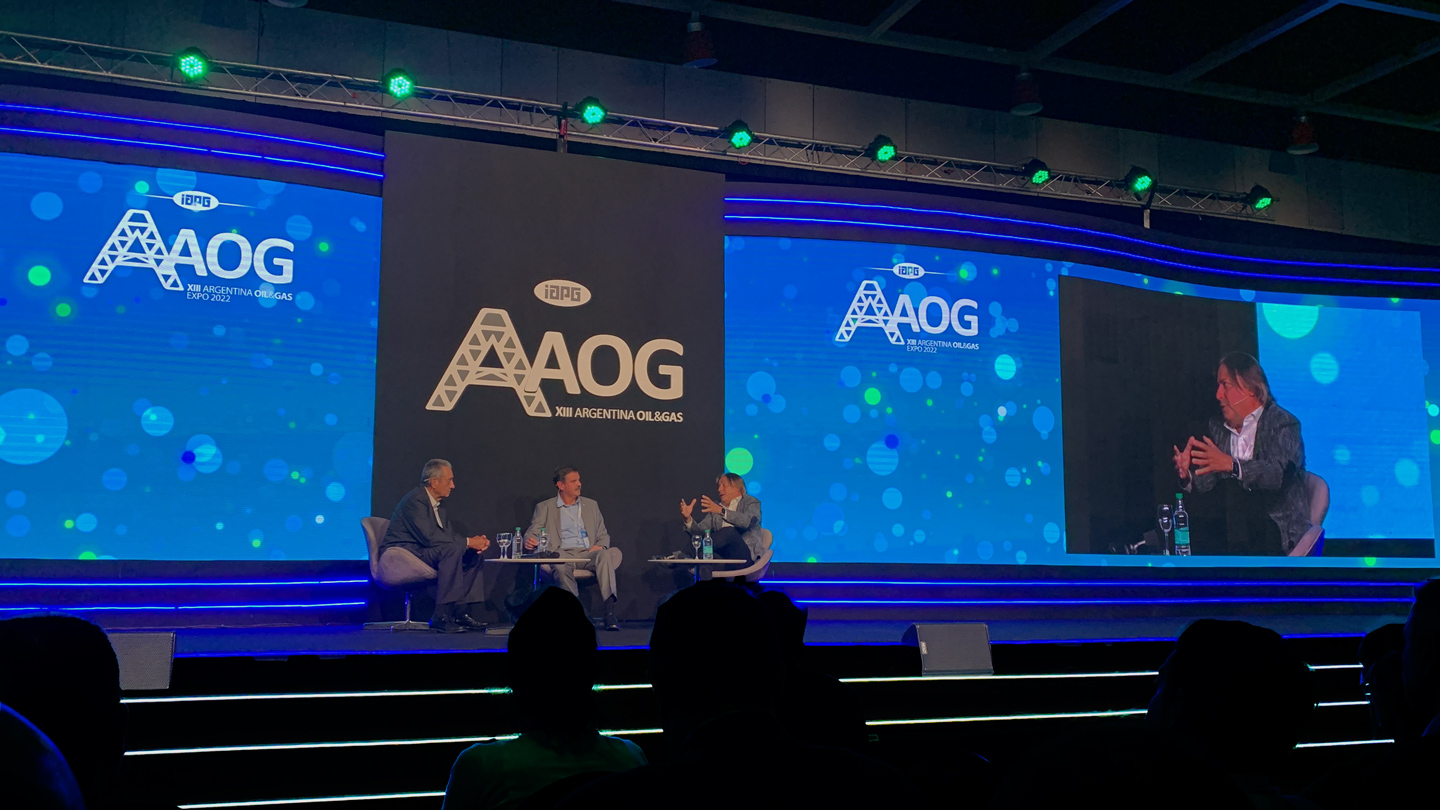
Osvaldo del Campo at the Meeting with the CEOs – Argentina Oil&Gas 2022 exhibition.
Natural gas is the starting point of the energy transition
We define ourselves as a company that manufactures technology for the energy transition and we have been undergoing this transition since before it was called this way. The most effective first step towards the energy transition is the CNG (compressed natural gas) transition, a model we began 30 years ago. We then continued with hydrogen: we built the first Latin American hydrogen loading station in 2005. Today, we are working on biogas-RNG (renewable natural gas), which is a strong subject because methane emissions are going to monopolize the discussion in the years to come. We also introduced the “virtual pipeline” concept and took it to its highest expression (or transport capacity) with liquefied natural gas (LNG). Today, everyone talks about virtual pipelines as a generic concept, although it is a trademark and system created by us, which makes us very proud.
Distributed and modular LNG production for different scales
In Galileo, we develop the technology to build large LNG production plants and the world´s most economical modular solution to do it. Additionally, we own the micro-scale technology to produce LNG in small places and use that LNG for multiple applications. In the United States, we are producing LNG in remote and abandoned wells in Pennsylvania and taking that LNG to 80 peak shaving plants in the northeast part of the country to eliminate demand spikes in winter.
LNG as a clean fuel for upstream operations
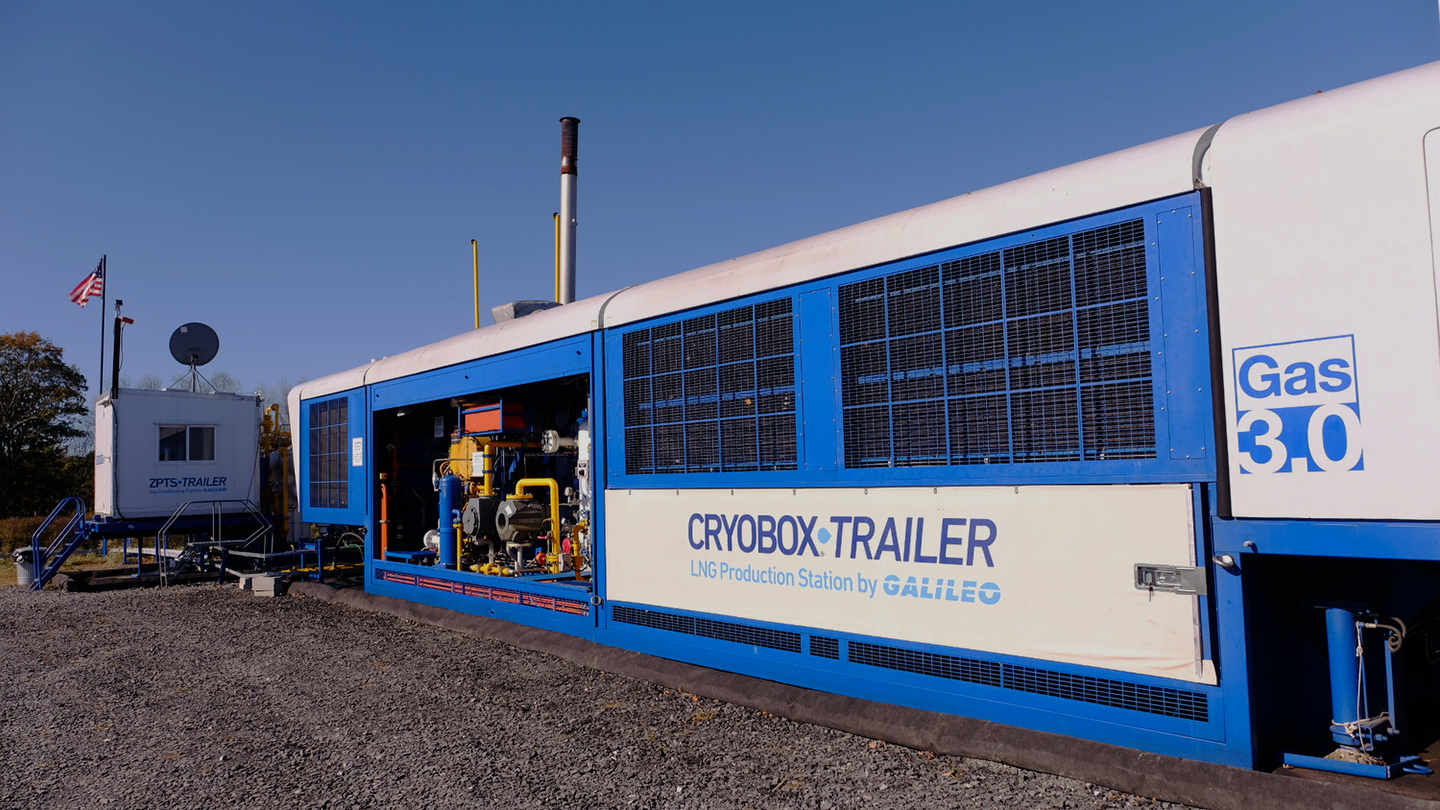
LNG production for peak shaving purposes in Pennsylvania, United States.
At the same time, the (oil) industry has achieved high levels of efficiency in fracking. Rocks help, but technology also needs to be energetically efficient and, above all, eco-friendly. In the Permian Basin, in the south of the United States, we are producing LNG to supply the oil industry itself.
There is a small–scale boom of LNG demand to be used (as fuel) in fracking equipment or for creating energy for drilling or auxiliary equipment. Many times, this LNG proved to be a win-win solution because, instead of obtaining LNG from a pipeline gas, we produce it from a mitigating gas flare or from associated gas, which we would not have been able to collect other way.
Here (in Argentina) the same thing will happen. The needs are the same, cost structures are similar, and so are the reasons that pushed the United States to migrate all their infrastructure towards gas in the last two or three years.
The limitations were the engine conversion technology and the availability of LNG technologies to feed those engines. But now we have “eFrac,” which requires energy to be generated from natural gas, and our LNG technologies are available. So, all we need is to make an effort to increase competitiveness and reduce the cost of the well.
There are wells in Neuquén which are currently operating. At some other times, they would have been flaring only. We are collecting and transporting that LNG to other kinds of applications from remote wells that would have never been connected because no infrastructure ever existed in such places. So, this brings a new gas to the system, which was off the radar and is a key tool for producers to plan without being so dependent on something so rigid as midstream, and to have an economical fuel for their own operations in a virtuous circle.
LNG in containers as a regional response
Argentina needs to consider two aspects of natural gas. The first is the regional market. I disagree on the issue of large LNG plants. I believe that competing against hyper-amortized assets such as the one Qatar has or any other is complex, aside from the window of opportunity that we have today, and I believe there is a huge regional demand. Much of what Galileo is doing with LNG takes place in Brazil, because that country is focusing on onshore, which was completely left out before.
We have recently finished a very large plant in Azulão, at the heart of the Amazonas. Its current production is 600,000 m3/day [21 million standard cubic feet (MMscf)] and it will increase up to 1,000,000 m3/day. The LNG is transported to a thermo-electrical power plant located more than 1000 kilometers away to the north, where there is significant demand. However, the southern part of Brazil is facing the same problem: there is no pipeline capillarity.
Therefore, if Argentina intends to export its gas and inject it only through pipelines, then there will be some limitations. Currently, our exports are low, but we are reaching the south part of Brazil by truck at a price equal, or even lower, than the one the Brazilian pipeline has. This creates a bunch of possibilities, and I believe we can think of a (gas) transport project, without the need of using the harsh and limited (existing) infrastructure.
There is no solution that fully replaces the others, (the LNG virtual pipeline) complements them. We understand that the potential for unconnected gas demand, or what we call “containerized LNG,” is gigantic in the region.
Another aspect to consider is peaking, which we can also include and say: I store, I use the same LNG infrastructure for storage, I flat the curve, and I give the producer the opportunity to consider a flatter demand, a more constant demand during the year, which is not so stressing in wintertime – which is what the United States is doing today – and to use that capacity to produce during valley times and to export.
I believe this is the path we should take: the technology required is available. We have a very interesting regulatory framework, which was developed during the last few years and which allows for developing and building plants, transporting LNG by any means available and even offering it to the international market. We need to make the most of that possibility, and time will do the rest.
If we can design our own model – and we have all the conditions to do it because we have the gas, the way we did in other countries – then we can create our own model to meet the region’s needs. We are talking about many millions of m3/day of potential consumption in the southern part of Brazil, Uruguay and Paraguay, in many applications. If we work on the basis of modular, scalable and elastic technologies, then we have many chances of realizing our projects.
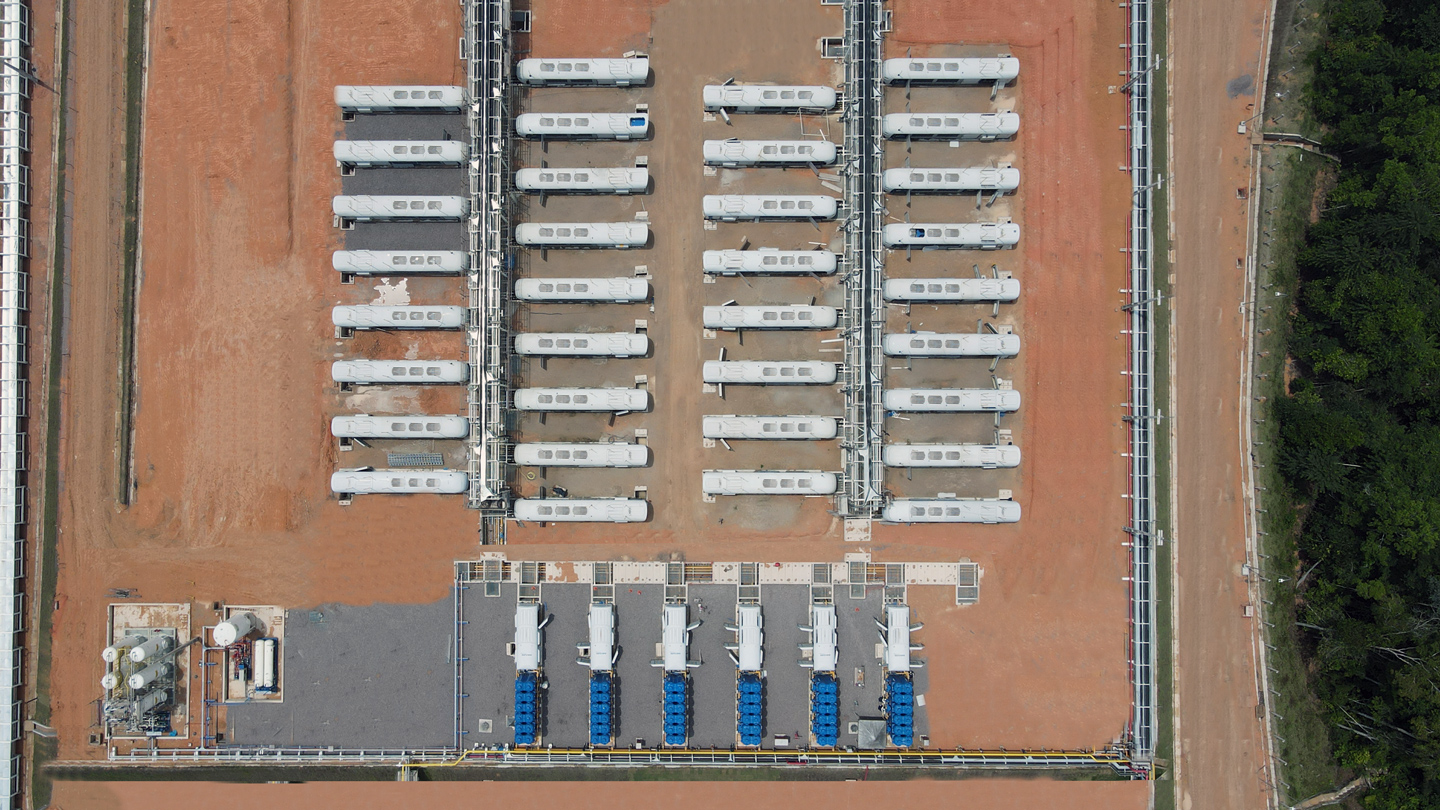
Medium-scale LNG production plant in Amazonas, Brazil.
News
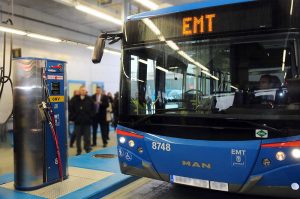
“Record-Breaking Station”: A decade of uninterrupted NGV supply in Spain
With NGV refueling technology developed by Galileo Technologies, Empresa Municipal de Transporte de Madrid continues to reduce its carbon footprint with 400 vehicles powered by clean energy.
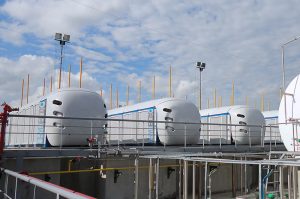
Buquebus strengthens its alliance with Galileo Technologies by expanding its LNG manufacturing plant in Argentina
Thanks to Cryobox® technology, developed by Galileo for the liquefaction of natural gas, Buquebus will have a total of nine pieces of equipment in its manufacturing plant, which will result in an increase in production and efficiency in the generation of LNG in Buenos Aires.
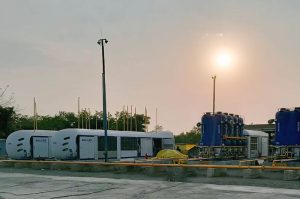
India produces LNG for the first time with Galileo Technologies equipment
Thanks to the Cryobox technology, developed by Galileo for the liquefaction for Gail Limited India’s leading natural gas company, will be in charge of supplying LNG to both industries and public transport.
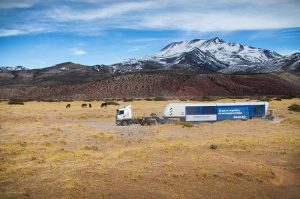
Galileo Technologies prepares for a new edition of Argentina Oil & Gas Expo
The company will offer its innovative compression, CNG, LNG, Bio-LNG and Bio-CNG solutions in September in Buenos Aires.